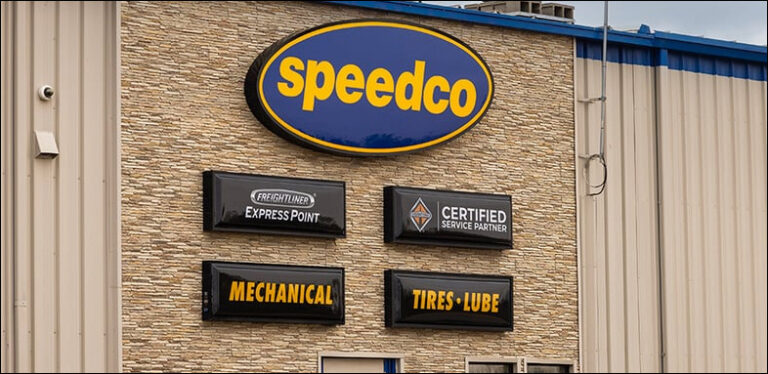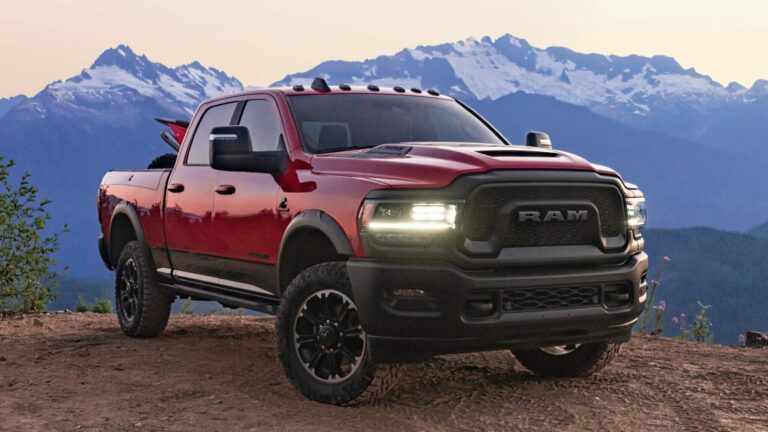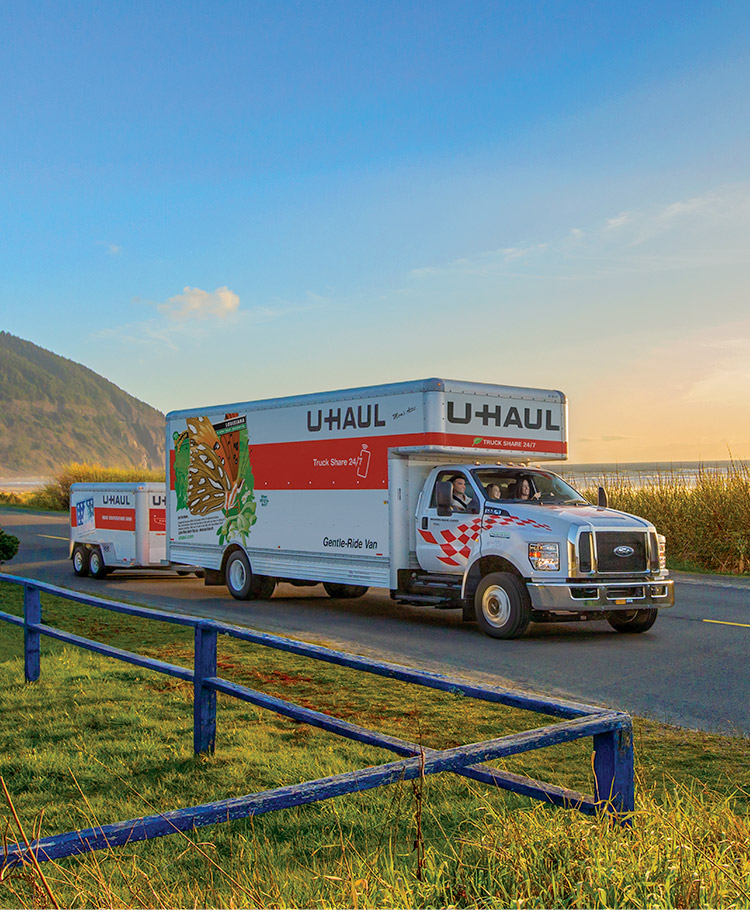How Much Is It To Double Line The Bed Of A Dump Truck?
How Much Is It To Double Line The Bed Of A Dump Truck? cars.truckstrend.com
The rumble of a dump truck is the heartbeat of construction, mining, and countless material transport operations. These workhorses endure relentless abuse, hauling everything from jagged rock and abrasive sand to corrosive chemicals and hot asphalt. Over time, the constant impact, friction, and wear take a significant toll on the truck bed, leading to dents, punctures, corrosion, and ultimately, costly downtime for repairs or replacement. This is where the concept of "double lining" the bed of a dump truck emerges as a critical strategy for fleet longevity and operational efficiency.
Double lining refers to the process of adding a secondary, highly durable layer of protective material to the interior surface of a dump truck bed. This isn’t merely a cosmetic upgrade; it’s a strategic investment designed to significantly extend the lifespan of the bed, improve material handling, and safeguard your valuable asset. But for many operators and business owners, the immediate question is: How much is it to double line the bed of a dump truck? The answer, as we will explore in this comprehensive guide, is multifaceted, influenced by a range of factors from material choice to installation complexity, but universally understood as an investment that often pays for itself many times over.
How Much Is It To Double Line The Bed Of A Dump Truck?
Understanding the Essence of Double Lining
At its core, double lining involves affixing a robust, specialized material to the existing steel or aluminum bed of a dump truck. This secondary layer acts as a sacrificial barrier, absorbing the brunt of the abuse that would otherwise damage the primary bed structure. The goal is to create a surface that is not only highly resistant to abrasion and impact but also, in many cases, promotes the smooth, efficient discharge of materials.
The necessity of double lining stems from the inherent vulnerability of standard dump truck beds. While built tough, they are designed for a balance of strength and payload capacity. Introducing a liner dramatically enhances their performance in harsh environments, effectively transforming a standard bed into a heavy-duty, specialized hauling tool.
The Unpacking of Benefits: Why Double Line?
Investing in a double liner for your dump truck bed offers a cascade of advantages that directly impact your bottom line and operational capabilities:
- Extended Bed Lifespan: This is arguably the primary benefit. A liner dramatically reduces wear and tear from abrasive materials like sand, gravel, and demolition debris, shielding the original bed from scratches, gouges, and structural fatigue. This can double or even triple the life of your truck bed.
- Reduced Maintenance and Repair Costs: Fewer dents, punctures, and rust spots mean less time in the shop and more time on the job. The liner itself is designed to be more easily repaired or replaced than the truck’s integral bed structure.
- Improved Material Flow and Release: Certain liner materials, particularly those made from specialized polymers, possess a low coefficient of friction. This allows sticky materials like clay, asphalt, or wet aggregate to slide out cleanly and completely, reducing carry-back and eliminating the need for manual scraping, shaking, or excessive bed lifting. This translates to faster turnaround times and reduced fuel consumption from less bed cycling.
- Enhanced Corrosion Protection: Many materials, like wet salt, fertilizers, or certain chemicals, can accelerate rust and corrosion in steel beds. A continuous liner acts as a protective barrier, extending the bed’s integrity.
- Increased Operational Efficiency: Faster and cleaner unloading cycles mean more trips per day, directly boosting productivity and revenue.
- Noise Reduction: Some liner materials, especially those with rubber or polyurethane components, can help dampen the noise generated during loading and unloading, contributing to a safer and quieter work environment.
- Higher Resale Value: A dump truck with a well-maintained, protected bed is a more attractive asset in the used equipment market, commanding a higher resale price.

Factors Influencing the Cost: How Much Is It To Double Line The Bed Of A Dump Truck?
The cost to double line a dump truck bed is not a single, fixed price. It’s a variable figure influenced by several critical factors, making it essential to understand each component to accurately budget for this investment.
-
Material Type: This is perhaps the most significant determinant of cost and performance.
- UHMW-PE (Ultra High Molecular Weight Polyethylene): The most popular choice for general-purpose dump truck liners. Known for its exceptional abrasion resistance, impact strength, and ultra-low friction, which makes it ideal for sticky materials. It’s relatively lightweight. Costs vary by thickness and brand.
- AR Steel (Abrasion Resistant Steel): Brands like Hardox, Quard, or AR400/AR500 are designed for extreme abrasion and impact, common in mining or hauling very heavy, sharp materials like rip-rap or large boulders. It’s heavier and typically more expensive per square foot than UHMW-PE, and requires welding or specialized fastening.
- Rubber/Polyurethane: Excellent for impact absorption and noise dampening, often used for delicate materials or applications where noise is a concern. Less common for full bed lining due to lower sliding abrasion resistance compared to UHMW-PE or AR steel.
- Composite Materials: Newer, specialized materials that combine properties of different types, offering tailored solutions but often at a higher premium.
-
Liner Thickness: Thicker liners offer greater protection and longevity but come with a higher material cost and potentially more weight. UHMW-PE liners typically range from 3/8" to 1" thick, while AR steel can range from 1/4" to 5/8".
-
Dump Bed Size: The length, width, and height of your truck bed directly correlate to the amount of material required. Larger beds naturally incur higher costs. Standard bed lengths range from 10 feet for single-axle trucks to over 22 feet for tandem or tri-axle configurations.
-
Installation Method & Labor:
- Professional Installation: This is recommended for most operators. It ensures proper fit, secure fastening, and warranty compliance. Professional installers have specialized tools, expertise, and experience. Labor costs vary significantly by region and the complexity of the installation (e.g., welding for steel vs. bolting for poly liners).
- DIY Installation: While possible for some mechanically inclined individuals, it requires specific tools, precise measurements, and a good understanding of the material properties. The cost savings on labor might be offset by potential errors, wasted material, or a less effective installation that could void warranties.
-
Truck Bed Condition: If the existing dump bed is heavily damaged, rusted, or has structural integrity issues, repairs will be necessary before a liner can be installed. These pre-liner repairs will add to the overall cost.
-
Geographic Location: Labor rates and material shipping costs can vary widely depending on your location. Urban areas typically have higher labor costs than rural ones.
-
Additional Features/Customization: Some installations might include lining the tailgate, custom cuts for specific bed features, or specialized fastening systems, all of which can add to the total price.
The Installation Process: A Brief Overview
While you likely won’t be doing it yourself, understanding the steps involved in a professional double lining installation can help appreciate the costs:
- Preparation: The existing truck bed is thoroughly cleaned, degreased, and inspected for damage. Any significant dents, rust, or holes are repaired to ensure a smooth, stable surface for the liner.
- Measurement and Cutting: Precise measurements of the bed’s floor, sides, and tailgate (if applicable) are taken. The liner material is then cut to exact specifications, often using specialized CNC machinery for accuracy.
- Fitting and Fastening: The pre-cut liner panels are carefully placed into the bed. For UHMW-PE, this typically involves bolting the panels to the bed using countersunk fasteners that sit flush with the liner surface, or specialized adhesive systems. For AR steel, welding or heavy-duty bolting is common.
- Sealing and Finishing: Joints between panels are often sealed to prevent material from getting underneath. The final installation is checked for security and proper material release properties.
Practical Advice and Actionable Insights
- Define Your Needs: Before seeking quotes, clearly identify what you haul most often. Is it abrasive rock (leans towards AR steel), sticky clay/asphalt (leans towards UHMW-PE), or something else?
- Get Multiple Quotes: Contact several reputable liner installers or fabricators in your area. Provide them with detailed information about your truck’s make, model, bed dimensions, and the primary materials you haul.
- Understand the Warranty: Inquire about the warranty on both the material and the installation. A good warranty provides peace of mind.
- Consider the ROI: Don’t just look at the upfront cost. Calculate the potential savings from reduced repairs, increased efficiency, and extended truck bed life. A liner often pays for itself within a few years through these operational benefits.
- Ask About Weight: Understand the added weight of the liner material and how it might impact your payload capacity, especially if you’re close to legal weight limits. UHMW-PE is significantly lighter than AR steel.
How Much Is It To Double Line The Bed Of A Dump Truck? – Estimated Cost Table
The following table provides a general estimation of costs for professionally installed double liners. Please note: These are broad ranges and actual prices can vary significantly based on the factors discussed above (location, specific brand, installer, market conditions, etc.). Always obtain detailed, written quotes for your specific project.
| Liner Type | Typical Thickness | Dump Bed Length (Approx.) | Estimated Material Cost | Estimated Installation Cost | Total Estimated Cost Range | Key Benefits & Considerations |
|---|---|---|---|---|---|---|
| UHMW-PE (Polyethylene) | 3/8" – 1/2" (Standard) | 10-14 ft (Short) | $2,000 – $4,000 | $2,000 – $4,000 | $4,000 – $8,000 | Excellent for sticky/abrasive materials, lightweight, low friction. |
| 1/2" – 5/8" (Heavy Duty) | 15-18 ft (Medium) | $3,500 – $6,000 | $3,000 – $5,000 | $6,500 – $11,000 | Ideal for sand, gravel, asphalt, clay, demolition debris. | |
| 5/8" – 3/4" (Extreme Duty) | 19-22 ft+ (Long) | $5,000 – $8,000 | $4,000 – $7,000 | $9,000 – $15,000+ | Best for high-volume, continuous use. | |
| AR Steel (Abrasion Resistant) | 1/4" – 3/8" (Standard) | 10-14 ft (Short) | $4,000 – $7,000 | $3,000 – $6,000 | $7,000 – $13,000 | Superior for heavy impact, very sharp/dense materials (e.g., rip-rap, quarry rock). Adds significant weight. |
| (e.g., Hardox 450/500) | 3/8" – 1/2" (Heavy Duty) | 15-18 ft (Medium) | $6,000 – $10,000 | $5,000 – $8,000 | $11,000 – $18,000 | Requires welding or specialized bolting. |
| 1/2" – 5/8" (Extreme Duty) | 19-22 ft+ (Long) | $8,000 – $13,000 | $7,000 – $10,000 | $15,000 – $23,000+ | Longest lifespan in extreme conditions. | |
| Rubber/Polyurethane | 1/2" – 1" | 10-14 ft (Short) | $2,500 – $5,000 | $2,500 – $5,000 | $5,000 – $10,000 | Excellent for impact absorption, noise reduction, protecting delicate materials. Less common for full bed lining due to lower sliding abrasion resistance. |
| Larger sizes | Pro-rated | Pro-rated | $10,000 – $20,000+ |
Disclaimer: These figures are estimates for professional installation within North America as of late 2023/early 2024. Prices can fluctuate due to material costs, labor rates, regional differences, and specific manufacturer/installer pricing. Always request detailed quotes from multiple providers.
Frequently Asked Questions (FAQ)
Q1: What exactly does "double line the bed of a dump truck" mean?
A1: It means adding a second, protective layer of durable material (like UHMW-PE plastic or AR steel) to the interior surface of the dump truck bed to shield the original bed from wear, impact, and abrasion.
Q2: Why should I double line my dump truck bed?
A2: To extend the lifespan of the bed, reduce maintenance and repair costs, improve material release (especially for sticky loads), protect against corrosion, increase operational efficiency, and enhance the truck’s resale value.
Q3: What are the main types of liner materials available?
A3: The most common are Ultra High Molecular Weight Polyethylene (UHMW-PE) for excellent slip and abrasion resistance, and Abrasion Resistant (AR) Steel (like Hardox) for extreme impact and heavy-duty applications. Rubber/polyurethane liners are also used for impact absorption and noise reduction.
Q4: How long does a double liner last?
A4: The lifespan varies greatly depending on the material, thickness, type of material hauled, and frequency of use. UHMW-PE liners can last 5-10 years or more, while AR steel liners can last even longer in their intended applications.
Q5: Will double lining affect my truck’s payload capacity?
A5: Yes, adding a liner will increase the truck’s curb weight, which reduces the available payload capacity. UHMW-PE is significantly lighter than AR steel, so its impact on payload is less. Always consider the added weight when choosing a liner.
Q6: Can I install a double liner myself?
A6: While technically possible for some, professional installation is highly recommended. It ensures proper fit, secure fastening, and optimal performance, minimizing the risk of issues like material getting trapped behind the liner or premature wear due to improper installation.
Q7: Is double lining worth the investment?
A7: For most commercial dump truck operators, absolutely. The upfront cost is typically offset by significant long-term savings from reduced repairs, extended bed life, improved efficiency (faster unloading, more trips), and increased resale value. It’s an investment in productivity and asset protection.
Q8: How do I choose the right liner for my specific needs?
A8: Consider the primary materials you haul (abrasive, sticky, hot, corrosive), your budget, the desired lifespan, and any weight restrictions. Consult with experienced liner installers who can recommend the best material and thickness for your application.
Q9: Does a double liner require special maintenance?
A9: Generally, liners require minimal maintenance. Regular cleaning to prevent material buildup is beneficial. Inspect the liner periodically for signs of wear, damage, or loose fasteners and address any issues promptly to prevent further damage to the liner or the underlying bed.
Conclusion
The question, "How much is it to double line the bed of a dump truck?" doesn’t have a single, simple answer, but rather a spectrum of costs ranging from approximately $4,000 to over $23,000, depending on numerous variables. However, viewing this expense as a strategic investment rather than a mere cost reveals its true value.
Double lining a dump truck bed is a proactive measure that safeguards one of your most critical assets. By protecting the original bed from the relentless assault of daily operations, you are not just extending its life; you are enhancing operational efficiency, reducing costly downtime, and ultimately boosting your profitability. For any serious operator in the hauling industry, understanding the nuances of dump truck bed liners and making an informed investment is not just a smart business decision – it’s an essential one for long-term success.




